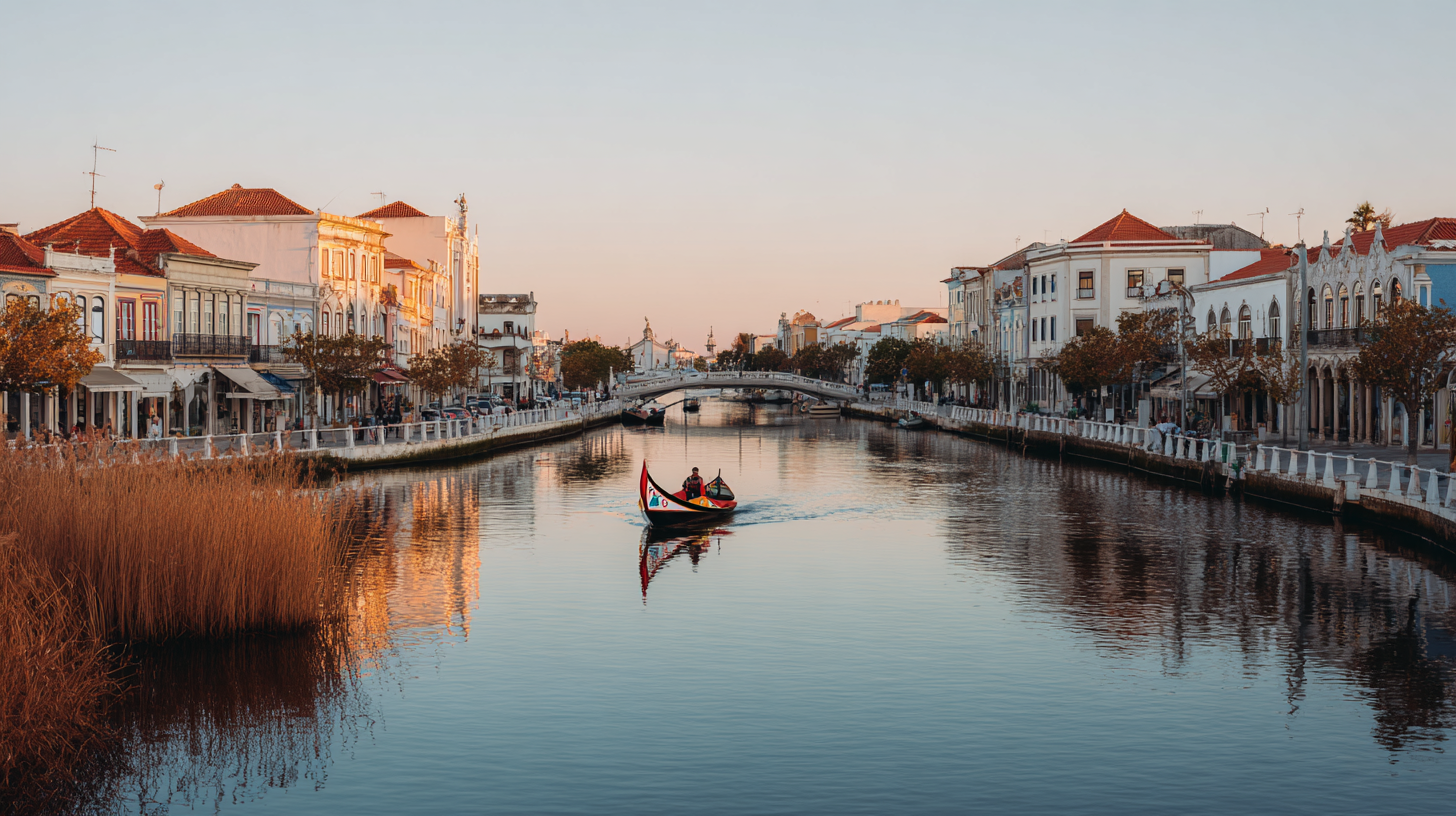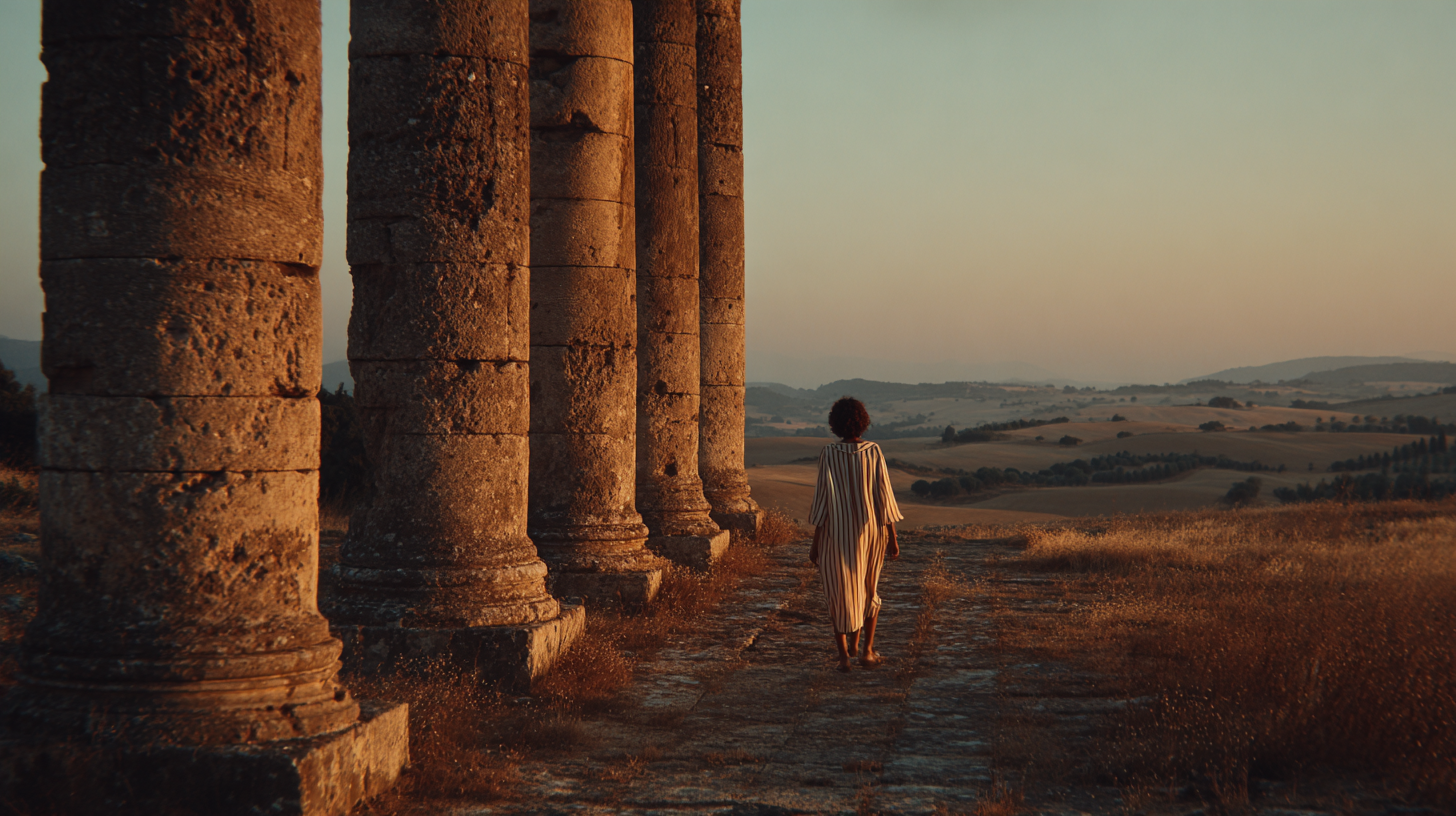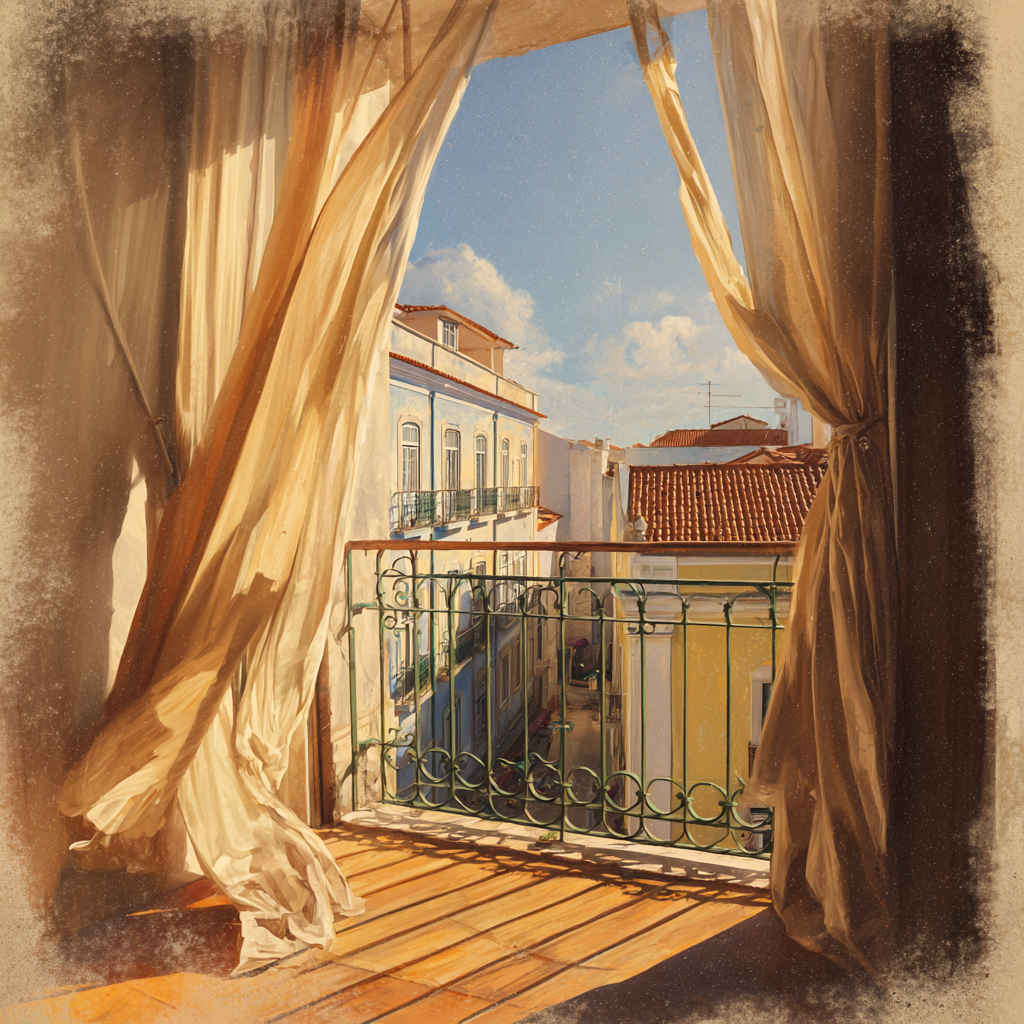Portugal Travel Guide: How These Cities Reveal the Country’s Soul
This Portugal travel guide reveals how the country’s cities reflect centuries of history, architecture, and culture. To travel through Portugal is to experience a landscape of contrasts: bustling capitals alongside tranquil villages, sun-soaked southern shores balanced by misty northern hills, and cities where tradition and modernity coexist with remarkable ease.

Exploring Portugal’s urban tapestry is not simply a matter of visiting landmarks. It is an immersion into identities shaped by geography, migration, empire, and local craftsmanship. Each city tells a distinct story, written in stone and tile, echoed through markets and cafés, and carried in the rhythm of its people. Understanding these stories reveals a nation whose complexity extends far beyond its postcard beauty.
Lisbon: Light, Hills, and Layers of Time
Portugal’s capital is a city defined by light — a brightness that reflects off the Tagus River, illuminates tiled façades, and casts angular shadows across steep stairways. Lisbon’s geography shapes both its character and the experience of walking through it. Hills rise and fall unpredictably, offering moments when the city opens suddenly into panoramic views of water and rooftops. This verticality echoes Lisbon’s history: a city built, destroyed, rebuilt, and constantly reshaped by forces natural and human.

Lisbon’s neighborhoods each carry a distinct personality. Alfama, the city’s oldest quarter, remains a labyrinth of alleys shaped by Moorish design. Laundry hangs from balconies, elderly residents greet each other from open windows, and staircases wind upward toward the castle, offering glimpses of life lived at its own pace. Baixa, by contrast, reveals Lisbon’s rebirth after the 1755 earthquake. Its grid-like streets and elegant arcades reflect Enlightenment-era planning, giving the downtown area a structured, harmonious feel.
The city’s riverfront tells another story — one of exploration and global connections. From Belém’s waterfront monuments to the old docks converted into cultural hubs, Lisbon holds memories of voyages that reshaped the world. Museums and galleries continue this storytelling, blending past and present through art, design, and maritime heritage.
Lisbon is not just a capital; it is an open-air archive of transitions, where history feels visible in the way sunlight touches stone.
Porto: Granite, River Mist, and Soulful Character
Porto, Portugal’s northern jewel, exudes a different kind of beauty — one shaped by granite cliffs, the steady flow of the Douro River, and an atmosphere that feels both ancient and quietly contemplative. The city’s geography creates a sense of compression: streets run steep between stone walls, bridges arc dramatically across the river, and neighborhoods cluster tightly along the hills. This creates a cityscape that feels intimate yet monumental.

Ribeira, overlooking the Douro, is Porto’s historic heart. Its pastel buildings lean irregularly toward the water, creating a visual mosaic that reflects centuries of river trade. Across the bridges lies Vila Nova de Gaia, where wine cellars store barrels of ruby and tawny Port aging in cool air. Though known internationally for its wine, Porto’s essence lies not in its industry but in its atmosphere — a mix of maritime resilience, artistic depth, and quiet introspection.
The city is rich with cultural life. Bookstores, music venues, and contemporary galleries weave seamlessly into older streets lined with azulejo-covered churches. Porto blends tradition and innovation without friction. It is a place where architectural landmarks like the São Bento Railway Station — with its storytelling tiles — exist alongside cutting-edge cultural centers.
Walking through Porto feels like moving through a living novel, each neighborhood offering a different chapter of mood and memory.
Aveiro: Canals, Salt Pans, and the Gentle Rhythm of the Central Coast
Aveiro, nestled along Portugal’s central coastline, offers a distinctly different expression of urban life — one shaped not by hills or fortress walls, but by water, wind, and the slow pulse of the lagoon. Often described as the “Venice of Portugal,” the comparison captures only a fraction of its character. Aveiro’s canals do define its atmosphere, but it is the interplay between the Atlantic, the estuary, and centuries-old salt ponds that truly sets the city apart. Here, the landscape feels fluid: water flows beneath elegant bridges, traditional moliceiro boats glide with painted prows resembling open folktales, and the light shifts constantly across the marshes.

The city balances maritime heritage with delicate architectural beauty. Art Nouveau façades curve along quiet streets, their ironwork balconies and stained-glass details reflecting the early-20th-century wealth of merchants who traded through the lagoon. Markets still bustle with the energy of the sea, offering fresh fish and sweets made from ancient monastic recipes. Just beyond the center, long strips of sand and the open Atlantic provide a contrast to the tranquility of the canals, reminding visitors how deeply Aveiro is tied to tides and weather.
Walking through the city reveals a unique harmony between nature and urban design. Salt workers tending vast white pans evoke the region’s centuries-old industry, while cyclists follow paths cutting through reeds and shallow waters where birds rest during migration. Aveiro feels both grounded and weightless — a place shaped by its lagoon, softened by coastal breezes, and enriched by traditions that remain quietly resilient. Among Portugal’s cities, it stands as an invitation to slow down, observe light on water, and experience the gentler side of the country’s coastal identity.
Related: Portugal Nightlife – 7 Vibrant Experiences After Dark
Faro and the Algarve: Gateways to the South
Faro serves as both a cultural center and the entrance to the sunlit landscapes of the Algarve. Though often bypassed by travelers heading directly to beaches, Faro offers a richness often overlooked — a historic walled town, a cathedral rising above orange-tiled roofs, and quiet streets where storks nest on bell towers. Its proximity to the Ria Formosa lagoon gives the city a sense of ecological connection, shaped by tides, salt pans, and migratory birds.

The Algarve’s urban centers — Lagos, Tavira, Portimão, Albufeira — each express a unique identity shaped by geography. Lagos mixes maritime history with artistic energy, its cobbled streets leading to cliffs sculpted by wind and waves. Tavira, quieter and more traditional, stretches along a peaceful river framed by Roman bridges and Moorish architecture. Portimão reveals the industrial heritage of the region through its docks and fishing traditions, while Albufeira showcases Portugal’s evolution from fishing village to international resort hub.
Even within more touristic areas, the Algarve retains a sense of authenticity. Local markets, fishing harbors, and whitewashed squares preserve the region’s character. Coastal paths offer views of limestone formations rising from turquoise water, showing the profound effect natural forces have had on shaping the region’s identity.
Braga and Guimarães: Cities of Faith and Foundations
In northern Portugal, two cities offer insight into the country’s spiritual and political origins. Braga, often called the “Portuguese Rome,” is a city of churches, sanctuaries, and religious architecture spanning many centuries. Its baroque facades, grand stairways, and sacred sites speak to a long tradition of devotion. Yet Braga is also modern — filled with gardens, universities, and cultural spaces that keep it vibrant.

Guimarães, just to the south, holds a different kind of significance: it is widely regarded as the birthplace of Portugal. The medieval castle, the palace of the Dukes of Braganza, and the charming historic center form a narrative of national identity. Walking through its stone squares feels like entering the early chapters of Portugal’s story — one shaped by battles, alliances, and the unification of territories.
Together, Braga and Guimarães reveal the northern region’s historical depth. Their monuments stand not as relics, but as living symbols of continuity. Visitors find both reflection and inspiration in their streets, discovering how Portugal’s beginnings continue to shape its present.
Évora and the Alentejo: A Landscape of Heritage and Horizon
Évora, surrounded by the vast plains of the Alentejo, is a city where time seems to slow. Its Roman temple, medieval walls, and university create a landscape steeped in history, while its whitewashed houses and terracotta roofs reflect the warm tones of the surrounding countryside. The city’s atmosphere is contemplative, shaped by quiet streets, shaded squares, and artisan shops that preserve regional traditions.

Beyond Évora, the Alentejo region reveals a different rhythm of urban life. Small towns such as Beja, Estremoz, and Monsaraz rise from rolling hills dotted with cork oaks and olive groves. These towns are defined by simplicity and spatial openness — broad skies, sunlight that spreads like gold across fields, and architecture that blends practicality with rustic beauty.
Alentejo’s cities and towns express a connection to land rarely felt elsewhere in Portugal. They are places where history, agriculture, and craft form a cohesive identity. Visitors encounter a culture shaped by quiet endurance, warm hospitality, and landscapes that stretch toward the horizon with a sense of infinite calm.
Funchal and Ponta Delgada: Atlantic Cities of Nature and Discovery
Portugal’s island capitals offer yet another dimension to the country’s urban tapestry. Funchal, on Madeira, is a city carved into volcanic slopes descending to the Atlantic. Its gardens, markets, and waterfront promenades blend seamlessly with steep mountains rising sharply behind them. The city vibrates with botanical richness — exotic flowers, terraced vineyards, and forests that seem to merge with urban life.

Ponta Delgada, capital of the Azores, reflects a different Atlantic identity. Calm, introspective, and shaped by basalt stone, the city stands at the crossroads of oceanic cultures. Its marina hosts travelers crossing from Europe to the Americas, while its streets reveal influences from centuries of maritime exploration.
Both cities highlight Portugal’s long relationship with navigation, isolation, and environmental resilience. Here, urban life and natural forces coexist more visibly than anywhere on the mainland.
Exploring these island cities offers insight into how geography shapes culture — how volcanic mountains, deep seas, and shifting weather patterns create communities that live in harmony with nature’s unpredictability.
Conclusion
Portugal’s cities are not defined solely by monuments or attractions, but by the stories they carry — stories of empire and resilience, scholarship and craftsmanship, ocean voyages and rural traditions. Lisbon glows with light and memory, Porto hums with introspective soul, Coimbra blends scholarship with emotion, and Évora stands in quiet dialogue with its Roman past. The Algarve brings together sunlit coastlines and maritime heritage, while Braga and Guimarães anchor Portugal’s spiritual and historical identity.

Together, these cities form a mosaic of landscapes, cultures, and histories that reflect the country’s complexity. Traveling through them is less about ticking destinations off a list and more about understanding how geography, tradition, and human creativity intersect. Portugal’s urban world invites exploration with open curiosity — an opportunity to witness a nation shaped by centuries and still evolving with grace.
For practical details about transport, passes and seasonal events, check the official Visit Portugal website.
